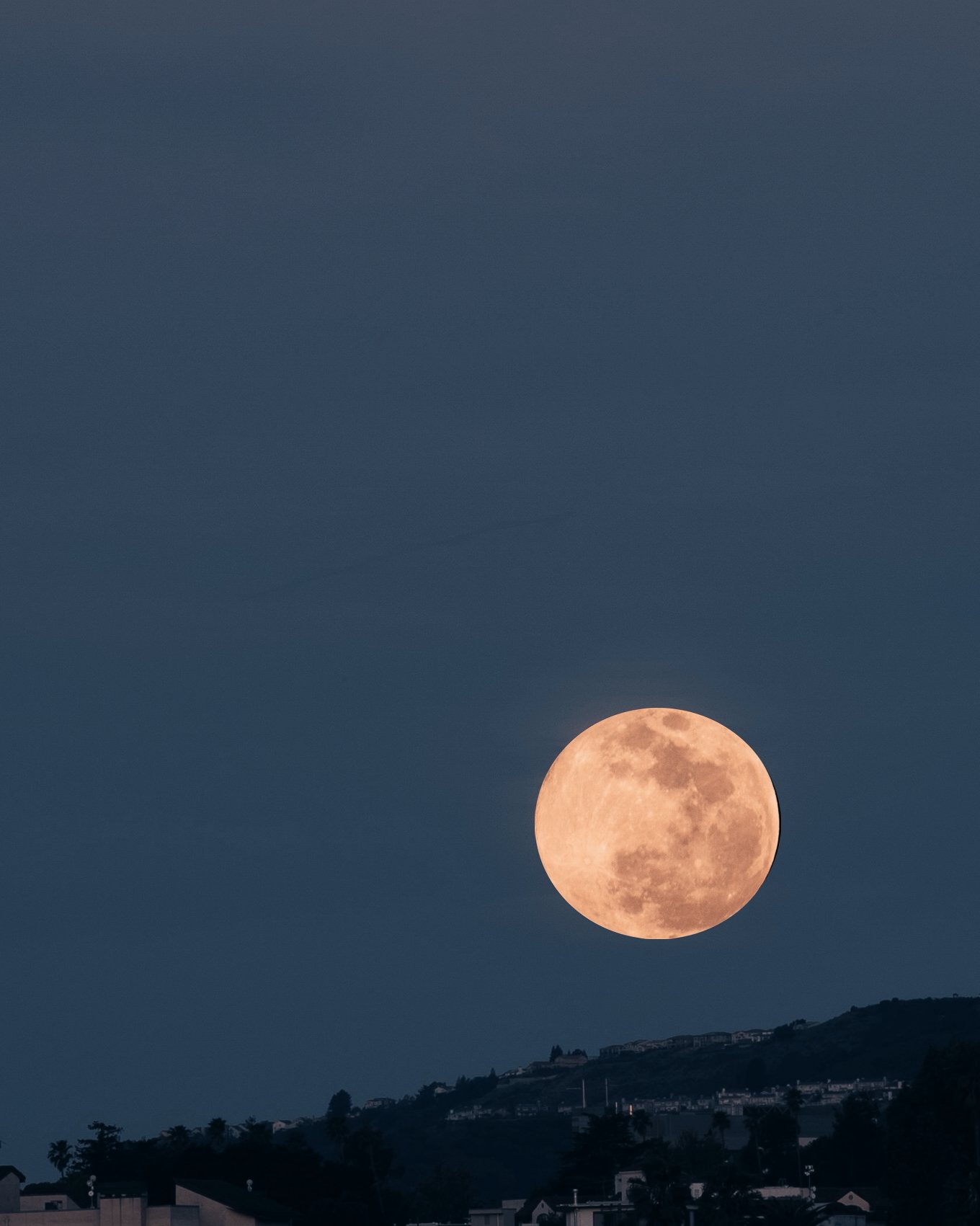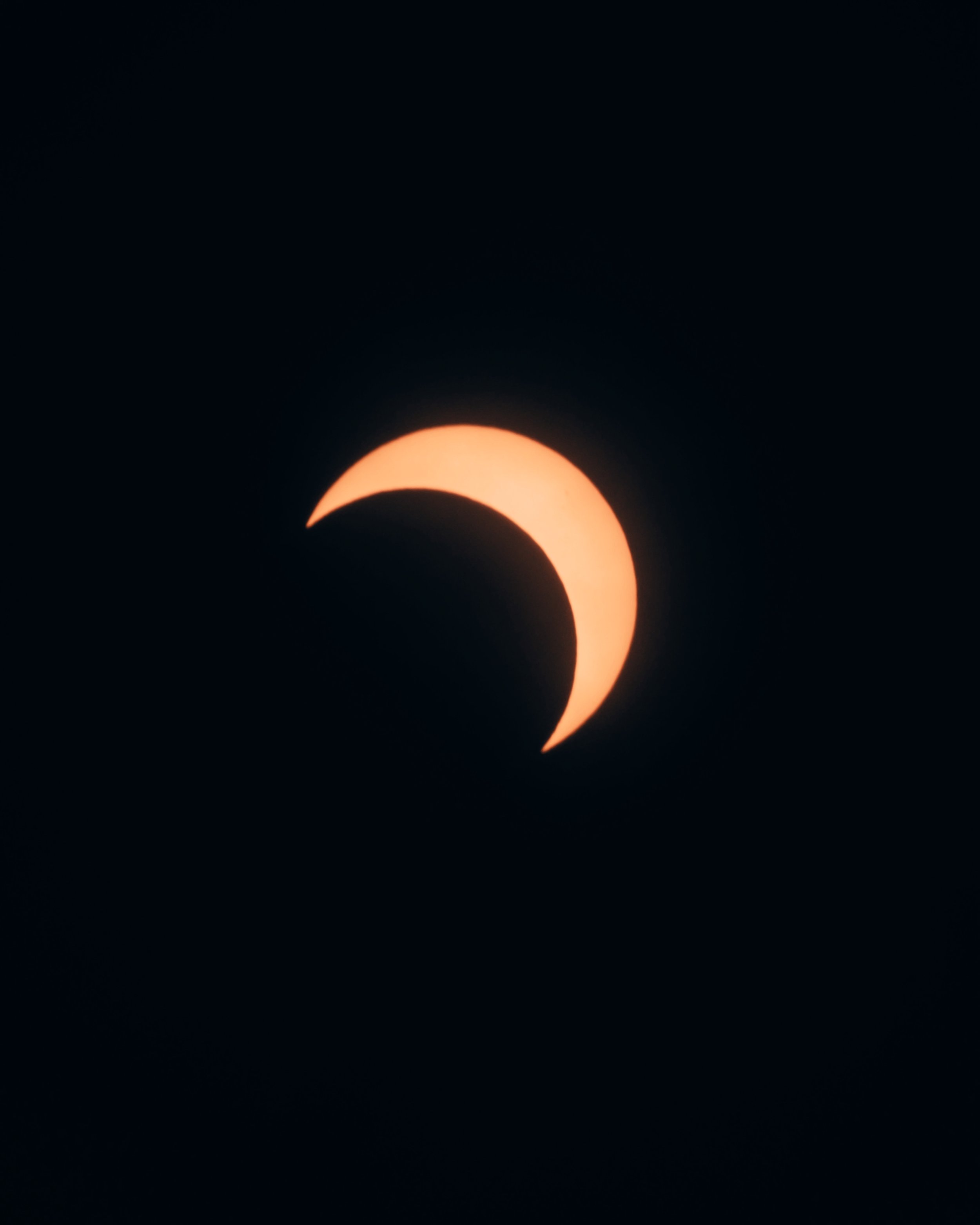Capturing the Cosmos – A Journey into Astrophotography
The night sky has always been a source of wonder. For centuries, humans have looked up in awe, using the stars to navigate, tell time, and even shape their myths and legends. During my travels, I’ve often found myself in places far removed from city lights, where the night sky reveals itself in its full, unfiltered glory. That’s when I decided to turn my lens upward and try my hand at astrophotography, capturing the grandeur of the Milky Way and a special stacked image of the North Star to illustrate the Earth’s rotation.
A Celestial Guide: The Role of Stars in Navigation
Before diving into the technical aspects of astrophotography, it's worth taking a step back to appreciate the historical significance of these celestial bodies. Long before GPS and modern technology, sailors and explorers relied on the stars for navigation. The North Star, or Polaris, has been a steadfast guide for travelers for millennia. Unlike other stars, it appears fixed in the sky, a beacon of stability due to its near-perfect alignment with Earth's rotational axis.
Ancient Polynesians, known for their mastery of oceanic navigation, used the stars to chart vast distances across the Pacific. Similarly, European explorers like Magellan and Columbus depended on celestial navigation to cross uncharted waters. Even today, knowing how to locate Polaris in the night sky can be a valuable skill for backcountry travelers and adventurers.
With that same sense of wonder and purpose, I set out to capture the stars—not to navigate, but to tell a visual story of movement, time, and space.
Chasing the Milky Way
There’s something humbling about standing under a dark sky, far from the glow of city lights, and witnessing the Milky Way stretch across the horizon. This glowing band, composed of billions of stars, is a photographer’s dream—but capturing it requires careful planning and technique.
Key Tips for Milky Way Photography
Find a Dark Sky Location – Light pollution can wash out the details of the Milky Way. I used tools like Dark Sky Maps to find a remote spot with minimal artificial light.
Plan the Timing – The best months to photograph the Milky Way in the Northern Hemisphere are typically from late spring to early fall. A new moon or crescent moon night is ideal for minimal interference. For this, I use Photopills to help plan.
Use the Right Gear – A sturdy tripod, a wide-angle fast lens (f/2.8 or lower), and a camera with good low-light capabilities are essential. My camera is a Sony A7IV and my favorite astro lens is the 14mm f/1.8GM.
Camera Settings – A good starting point is ISO 3200-6400, an aperture of f/1.8, and a shutter speed of around 15-25 seconds. Longer exposures can cause star trails unless using a star tracker.
Composition Matters – I always look for an interesting foreground—a silhouetted tree, a mountain ridge, or even my van—to add scale and depth to the image.
Stacking the North Star: A Visual of Earth’s Rotation
One of the most captivating astrophotography techniques involves star stacking, particularly around the North Star. Since Polaris remains nearly stationary, a long-exposure sequence can reveal the rotation of the Earth through stunning circular star trails.
How to Capture a Star Trail Image
Lock onto Polaris – Using an app like Stellarium, I located the North Star and framed my shot with a balanced foreground.
Take Multiple Exposures – Instead of a single long exposure (which can introduce sensor noise and overexposure), I took multiple 30-second exposures over the course of an four hours.
Use an Intervalometer – This allows the camera to take continuous shots without manual intervention. Additionally I tend to attach an external battery to help ensure full run time.
Stack in Post-Processing – I imported the images into software like StarStaX, which seamlessly blends the individual frames into one dramatic composite.
The final result was a mesmerizing swirl of stars revolving around Polaris—a reminder that even when we feel stationary, we are in constant motion through the universe.
Reflections Under the Stars
Shooting the night sky isn’t just about the technical challenge—it’s about the experience. Standing in the quiet, gazing at stars that have guided travelers for generations, I felt connected to something far greater than myself. In that moment, I was reminded why I travel: to seek new perspectives, to embrace wonder, and to capture the fleeting beauty of the world, whether it’s in the desert landscapes I drive through or the infinite expanse of the cosmos above.
Astrophotography is a test of patience, but the rewards are worth every late night spent under the stars. Whether you’re capturing the Milky Way stretching across the sky or the Earth’s rotation through a star trail, each image is a reminder that adventure doesn’t just exist on the ground—it’s above us too.
What’s Next?
As I continue my travels, I plan to explore more advanced astrophotography techniques, from deep-sky imaging to capturing meteor showers. If you’ve ever tried shooting the stars or have tips of your own, I’d love to hear about them. Drop a comment below or reach out—I’m always down to share stories, gear recommendations, and the best remote spots to experience the cosmos firsthand.
Until the next adventure, keep looking up.








